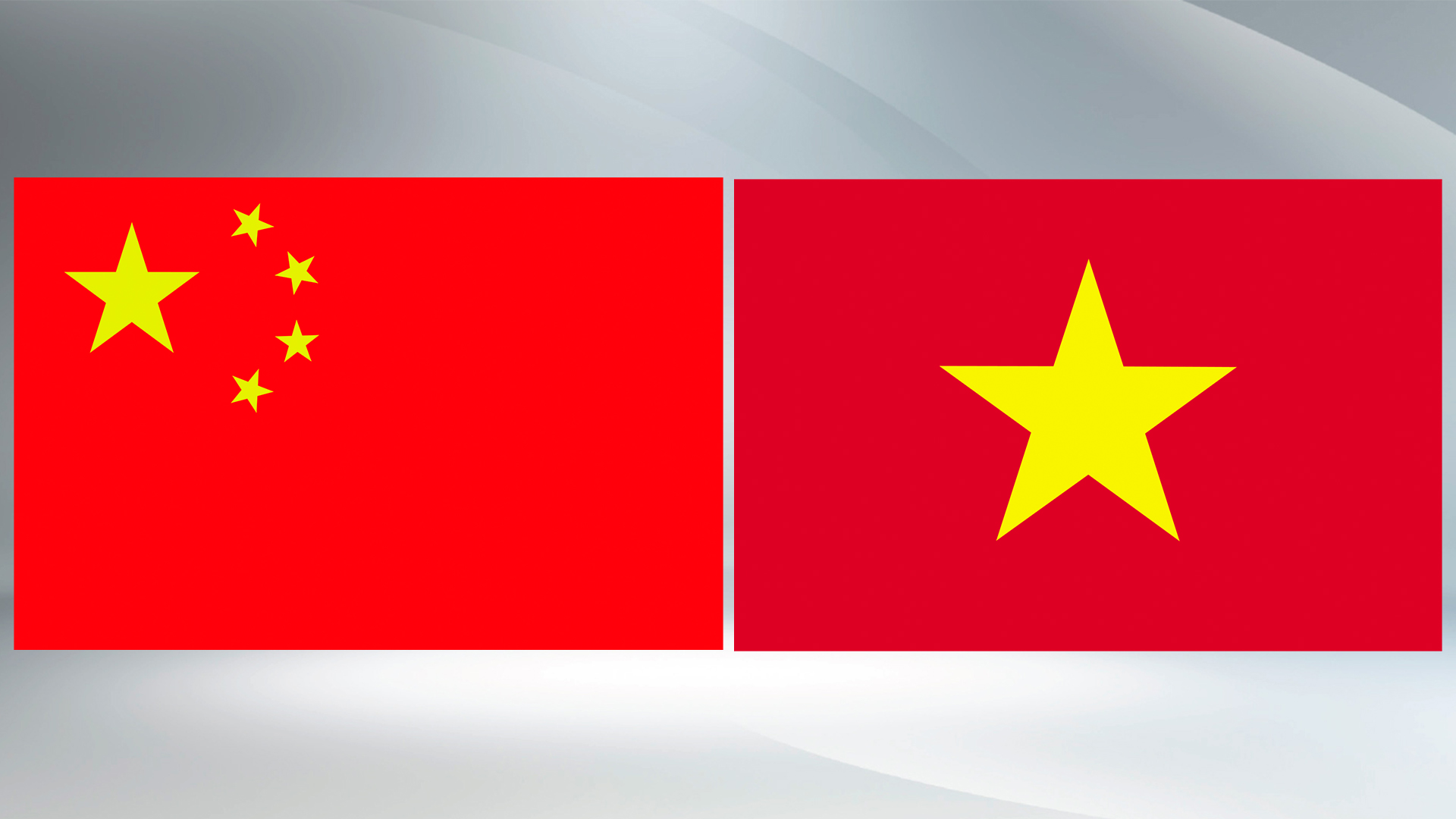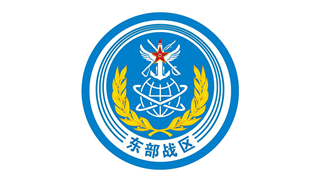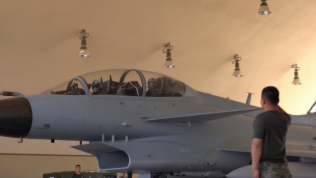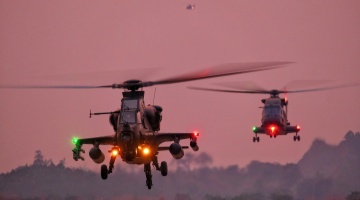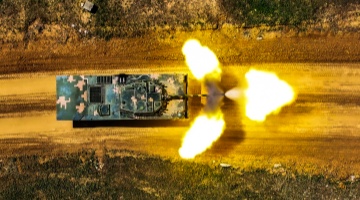By Ling Yunzhi
According to foreign media reports, in tandem with the consistent provocations in the South China Sea, the Philippine military announced to map out the new Armed Forces of the Philippines (AFP) modernization program Horizon 3 to strengthen territorial and coastal defenses, which is expected to require a budget of 500 billion pesos (about USD8.9 billion) over the next six years.
The overall combat capability of the Philippine Navy is insufficient to achieve its desired military objectives. Because most of its main warships were second-hand products retired from Cold War or even WWII eras, facing the gloomy future of decommissioning. As the response, the Philippines has vigorously promoted the military modernization plan in recent years, having introduced a variety of new weapons and equipment from the US, the ROK, Australia, Japan and other countries. To further elevate its overall military strength, the Philippines has developed a 15-year Horizon plan, which is planned to be implemented through 3 phases, that is, Horizon 1 (2013-2017), Horizon 2 (2018-2022) and Horizon 3 (2023-2028). Although the finalized content of Horizon 3 has not yet been disclosed by the Philippine military, it has been known from the statements of their senior officials and public media information that the relevant projects cover multi-purpose fighter jets, radars, frigates, missile systems, helicopters and other advanced weapons and equipment.
Amid the increasingly fierce competition among major powers in recent years, the US has sought to expand and consolidate its alliance and partnership in the Asia-Pacific. The Philippines has always regarded its alliance with the US as an important guarantee for maintaining security, thus its current actions to strengthen the military modernization can be regarded as not only to safeguard its so-called security interests but also to cater to the interests and desires of some external forces under the strong influence and instigation by the US and other countries.
However, despite the Philippines' ambitious resolution in the modernization of its armed forces and the seemingly substantial weight overall, the Horizon plan is unpromising and hard to be realized as expected due to various constraints.
First, with limited economic capacity, the Philippines can only spare a severely inadequate defense budget, most of which is used to maintain its troops. Therefore, the expensive Horizon plan will bring huge financial pressure for the country. Not long ago, Philippine Secretary of National Defense Gilbert Teodoro told members of the Congress that the Horizon 1 has been only 10% completed and the Horizon 2 about 53% to date, and funding the future Horizon 3 plan as scheduled is still a major headache for the Philippine government.
Second, the Philippine defense industrial base is severely lagging behind, and there is a need for enhancement in its overall competence of military personnel, especially to fill the blank of experience in the adoption of high-tech weapons. For example, the Philippines has reached a deal with India for the purchase of BrahMos supersonic cruise missiles worth about USD375 million. However, as the Philippines is short of relevant modern long-range reconnaissance, communication, command and control subsystems, it is difficult to unleash the strike capability of these missiles only by relying on the radar detection systems come with the missiles. Furthermore, the Philippine military has not been equipped with similar complex weapons, so there are also significant doubts on whether it can master the operation and daily maintenance of such high-tech equipment as BrahMos.
Finally, owing to the wavering attitude of the US, the Philippines will find it hard to acquire substantial relief from the US. The current aggressive policy around the South China Sea adopted by the Philippine government fundamentally results from that the country reckons on winning more advantages and initiative by leveraging the US and other external forces intervening in the issue. However, the US's real intention of selling arms and providing military assistance to the Philippines is not to help the latter enhance self-defense capabilities but to strengthen its own presence and influence in the region for strategic interests and achieve the objective of utilizing the country as a pawn to contain China in the South China Sea. Moreover, the US is currently entwined in the Russia-Ukraine conflict and Palestinian-Israeli conflict, and the emergency budget of USD100 billion requested by the Biden administration for aid to Ukraine and Israel has not been approved until now, so the Philippines thousands of miles faraway is obviously not the first destination where the US' substantive assistance goes to. Under such circumstances, if failing to grasp the situation accurately and persisting in taking provocative actions in the South China Sea, the Philippines will only reap the consequences at its own expense in the end.
Editor's note: Originally published on thepaper.cn, this article is translated from Chinese into English and edited by the China Military Online. The information and opinions in this article do not necessarily reflect the views of eng.chinamil.com.cn.


